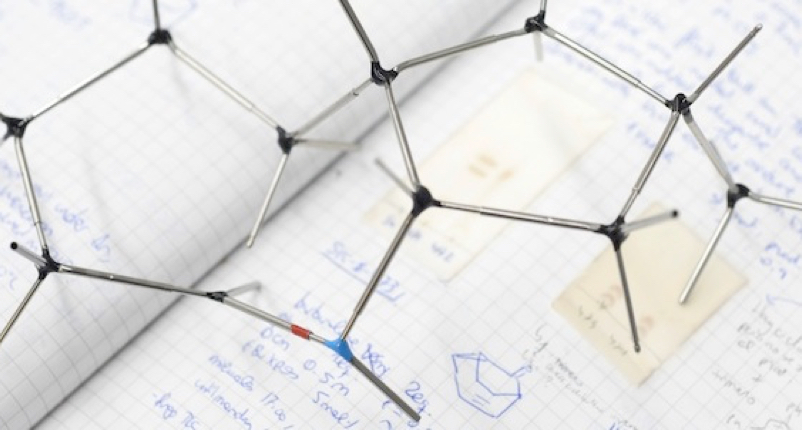Coinage metals in organic synthesis
Coinage metals are among the major players in modern catalysis. Of these metals, copper has enjoyed applications in synthesis for the longest time. Having started with ‘‘classical’’ syntheses more than a century old such as the Sandmeyer reaction and Ullmann coupling, and the half-century old Kharash oxidation, nowadays copper spans across nearly all fields of catalysis, including addition, cycloaddition, cycloisomerization, cross-coupling and C–H functionalization reactions. Undoubtedly, due to its abundance, low cost, and versatility, copper is one of the most used metals in catalysis, not only among coinage metals, but also throughout the entire periodic table. Silver has been traditionally used as an additive for halogen scavenging and a counterion exchange agent, as well as a base in reac- tions catalysed by other transition metals. Compared with other transition metals, silver has been long believed to have a low catalytic efficiency, and most commonly it is used as either a cocatalyst or a Lewis acid.

Antonio M. Echavarren, Ning Jiao and Vladimir Gevorgyan
Chemical Society Reviews 2016, 45, 4445-4447
DOI:
Go to the journal

Let's create a brighter future
Join our team to work with renowned researchers, tackle groundbreaking
projects and contribute to meaningful scientific advancements



















